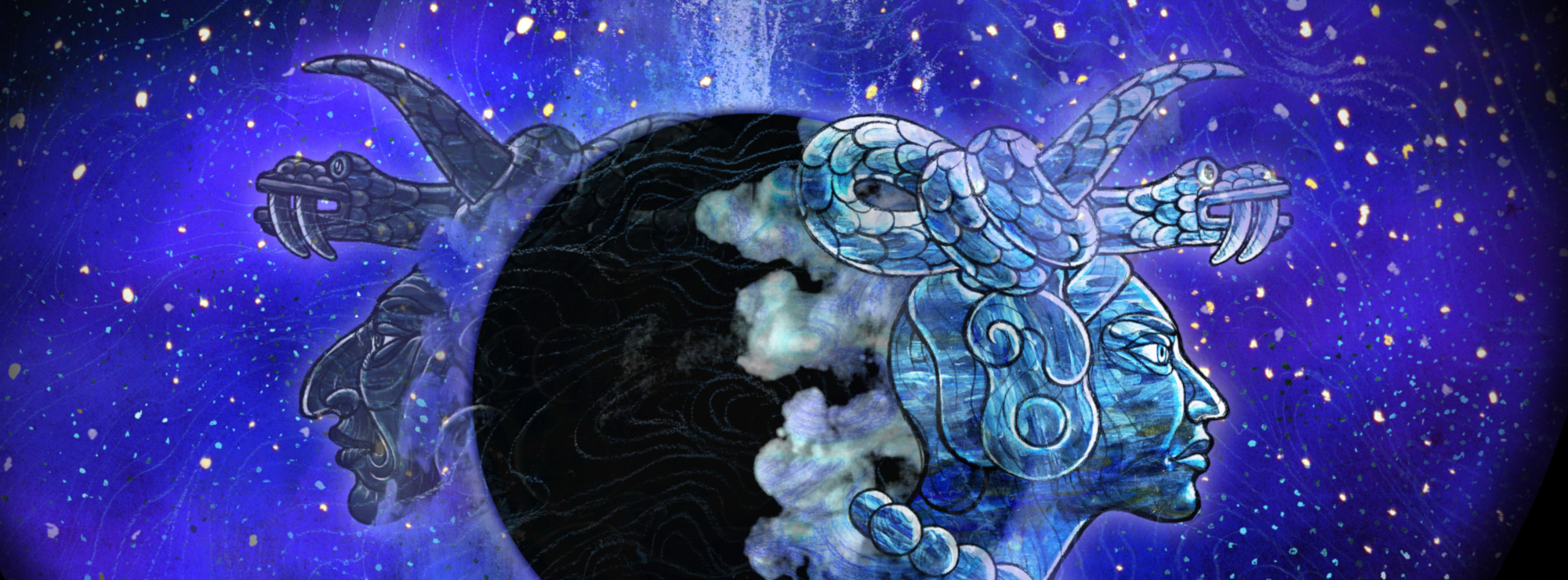Mayan Archeoastronomy
The Mayan people have lived on the Yucatán peninsula in Central America for over 3000 years. In a region which today is a part of Mexico, Guatemala, and Belize the Mayan culture lives on. Just as people of all times have looked up on the night sky and asked themselves, why are we here, so have the Mayans.
In all the buildings of the Mayan people, time was revered as something sacred. Already hundreds of years ago the Mayans imagined that the beginning and the end of humanity was found among the stars.
In a celebration of colour and light, we are brought on a journey through 6 Mayan temples: San Gervasio, Chichen Itzá, Uxmal, Edzná, Palenque, and Bonampak. You are invited into the world of Mayan knowledge, about the importance of the placement of the temples to how stars like the Sun, the Moon and Venus move across the sky. We are guided through this journey among temples and gods by the astronomers of the Mayan people, who were also their priests.
This is a show if you are curious about...
- More about the Mayan culture.
- More about how the Mayans studies the stars.
- More about the temples which the Mayan people build for their gods.
- How the Mayans defined cycles in time.
- More about the legends which the Mayans told about the Moon and the planets.
This show is suitable for:
- Teens and adults
Through collaboration with planetariums around the world we are able to offer this show in English, German, Portuguese, Chinese, Spanish (Castellano), French, Russian, and Japanese. Contact the reception at Vattenhallen for further details.
Mayan Archaeoastronomy: Observers of the Universe. YouTube video.
The Planetarium is a collaboration between The Faculty of Science, Department of Astronomy and Theoretical Physics and The Faculty of Engineering LTH.

